Haydarpasa Cemetery – A Long Way from Home
Tucked away on the slopes up behind the port of Harem on the Asian side of Istanbul, almost hidden by heavy containers and giant cranes, is the little visited Haydarpasa Cemetery. Dating back to 1855 when the Turkish Government gave the site to the British Government, it contains about six thousand graves of victims of the Crimean War. Sadly, most of the deaths were the result of a cholera epidemic in Istanbul at that time.
Twelve years later, British civilian burials were also allowed in Haydarpasa Cemetery. Then, during the First World War the Turks used the cemetery for the burial of Commonwealth Prisoners of War. A comprehensive list of the dead, compiled by the Commonwealth War Graves Commission, can be found by clicking here. After the Armistice, when Istanbul was occupied by allied troops from 1918 until 1923, further burials took place here.
The day I visited it was bitterly cold, which added to the already sombre and melancholy air of the place. Many of those who died from cholera came from the nearby Selimiye Barracks, known to the West from the work of the ‘Lady with the Lamp’, better known as Florence Nightingale. Her calming presence was heralded by the warm glow of the lamp she always carried as she went from bed to bed tending to the many wounded and dying soldiers.
Alongside the graves in which rest military casualties are those of civilians. Some of these, the smaller ones, remember the much loved only child or even several children from the same family of diplomats, posted to a consulate in Pera, the Western name for Beyoğlu, on the European side of the city. They also died as a result of the cholera epidemic and are an unfortunate early example of the collateral damage of war.
The cemetery also honours other non-British citizens who fought in the First World War. It contains the graves of nearly one hundred and fifty Hindu, Muslim and Sikh soldiers of the Indian Army who died as Prisoners of War (POWs) as a result of their participation in the Mesopotamia (now modern-day Iraq) campaign. They are generally known as sepoys, and were Indian soldiers serving under British or other European orders.
Over the course of the many campaigns on the Mesopotamian front, close to 675,000 Indian fighting troops as well as hundreds of thousands of auxiliary troops were involved in Mesopotamia. When General Townshend’s troops surrendered in April 1916, the POWs were marched all the way from Mesopotamia to POW camps in Turkey. It is believe those who survived were held in camps in Afyonkarahisar (black poppy castle).
These men were originally laid to rest in Mashlak and Osmanieh Muslim Cemeteries. In 1961 when these cemeteries could no longer be maintained, their remains were moved to Haydarpasa Cemetery. The ashes of the Hindus, whose remains were cremated in accordance with their faith, were scattered near the memorial commemorating their service, while their comrades of Muslim faith were re-interred here.
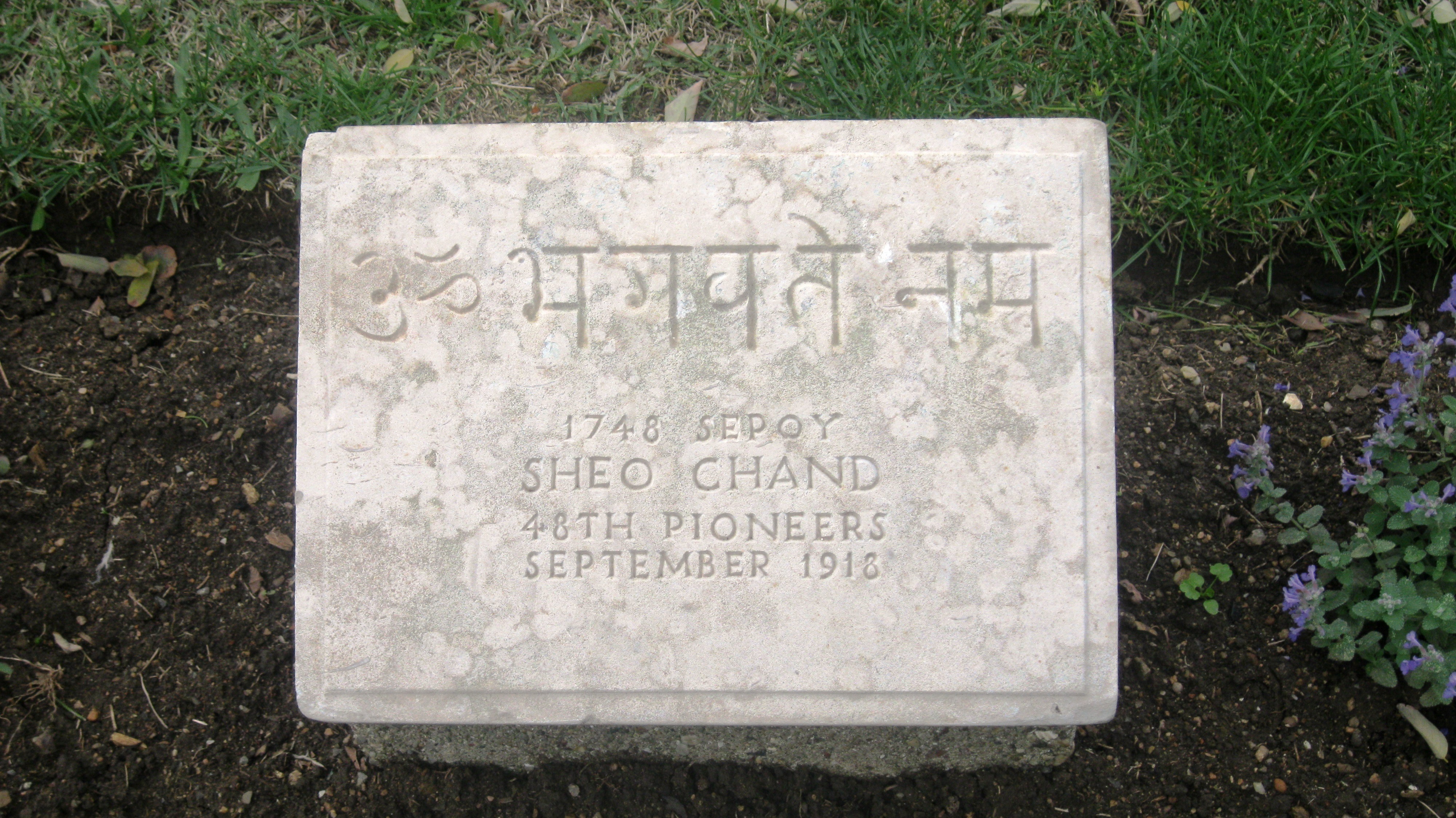
The grave that intrigued me the most was that of Captain H. E. Smith of the Ship Chalmers. He died in June 1855 so he could have been a victim of cholera, but his grave is set down a gentle slope, almost obscured by overhanging branches, with no other graves around it. The tombstone is a Muslim one, carved with flowers rather than topped with a turban as would be usual for the grave of a man.
The inscription is a Christian one, “The lord gave and the Lord hath taken,’ and yet I have to wonder, why is he lying in a corner on his own. Why is his grave not a traditional Christian one? Maybe he was a convert or preferred the company of Turks and was shunned by his own kind. Perhaps the gravestone was chosen by his Turkish love who hoped one day to be laid to rest beside the man she loved.
Whatever the story behind the life and death of Captain Smith, like all those who spend eternity in the grounds of Haydarpasa Cemetery, he died a long way from home.
In memory of my late friend and colleague Denis Oran. You are much missed.
**************************
Find out more about this cemetery and the history of some of the people buried here in my alternative guide to the city, Istanbul 50 Unsung Places.
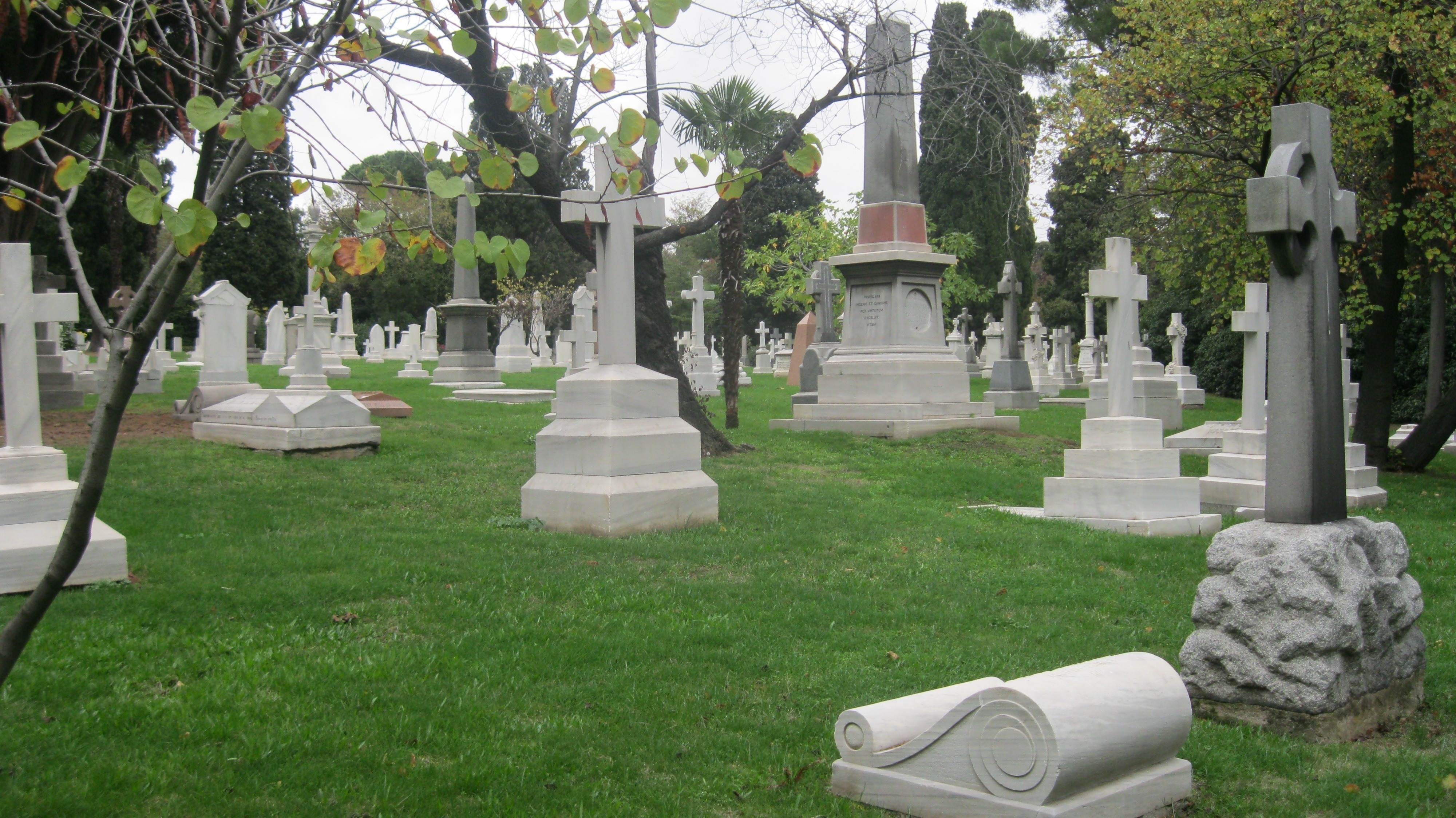
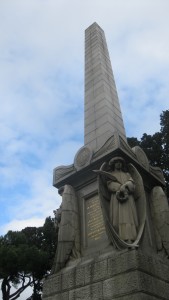
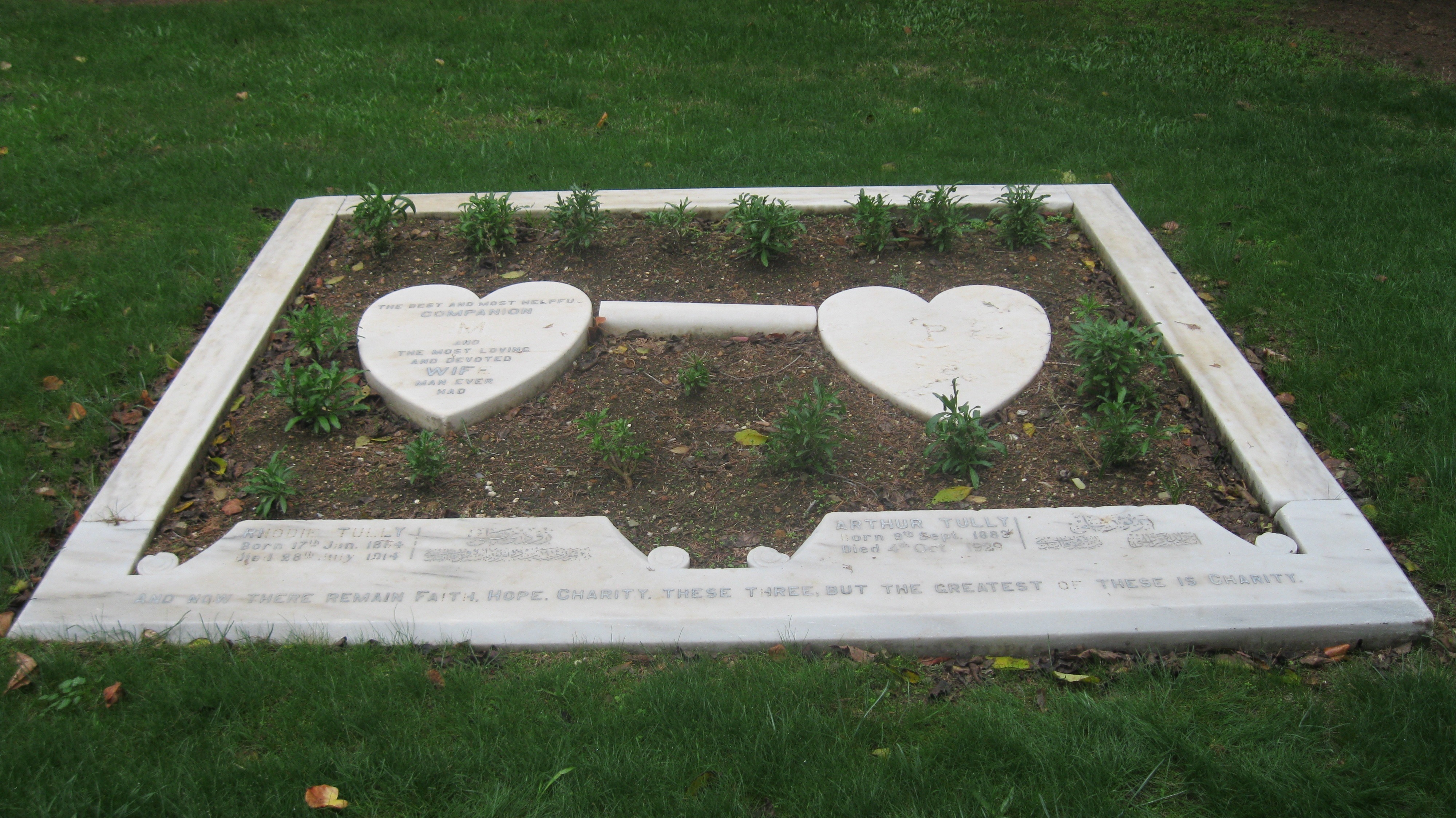
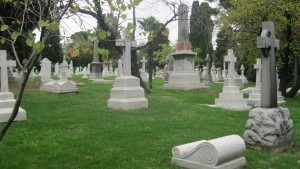
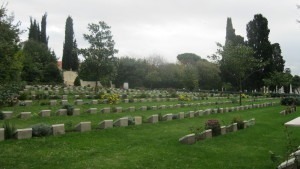
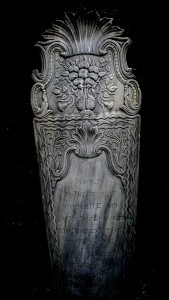
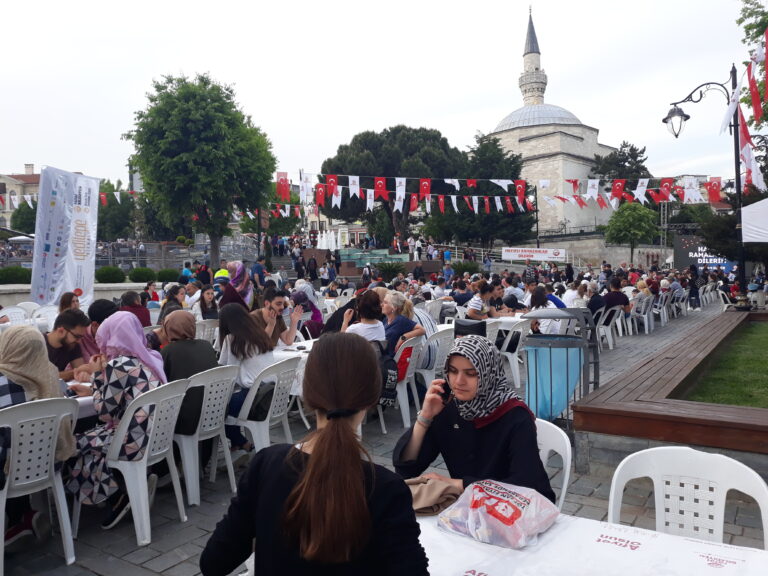
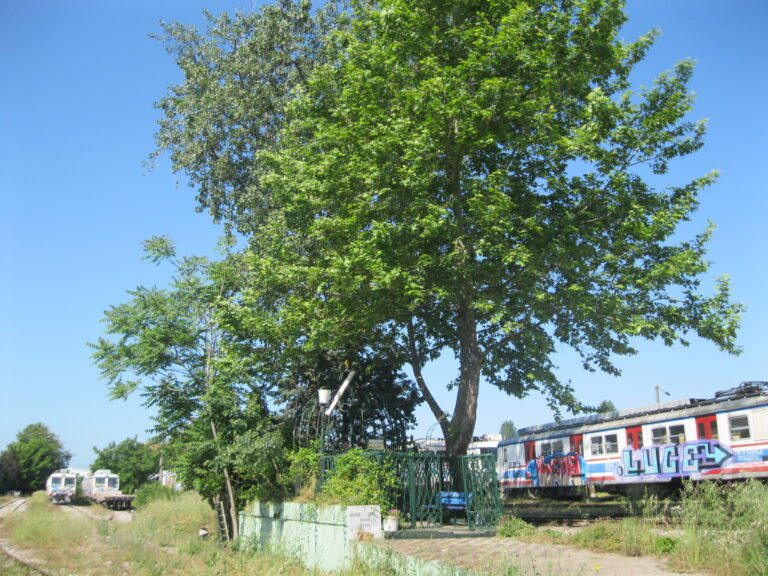

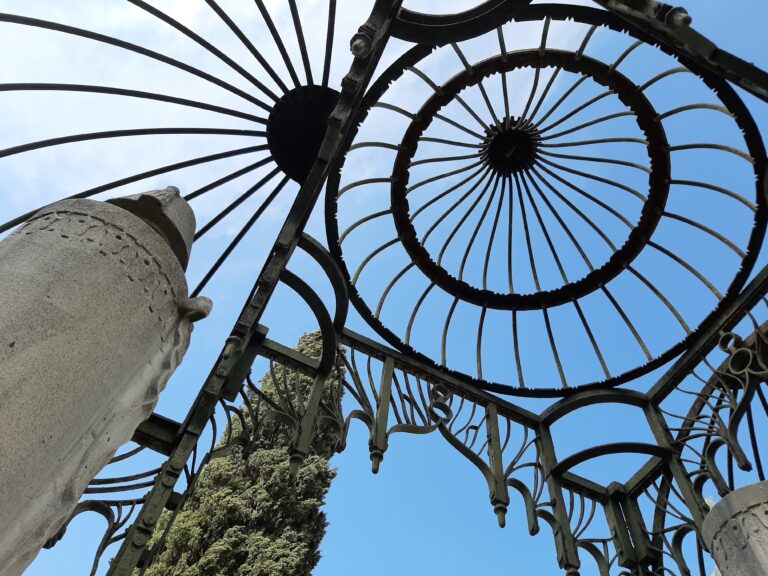
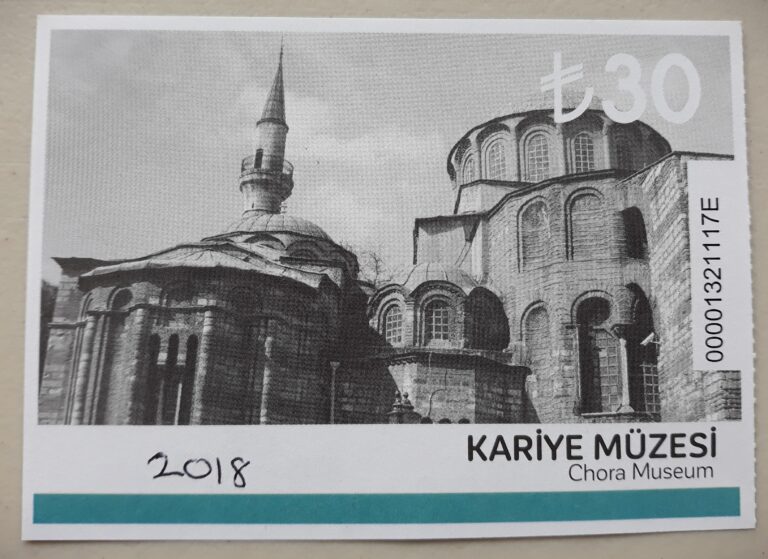
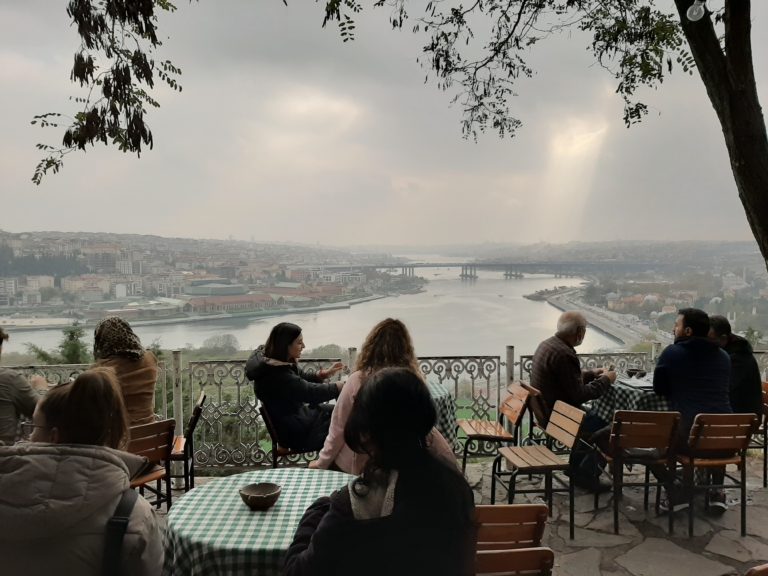
You do live in and deeply search an interesting place. We are blessed to have your many thoughts and feelings in these emails, many thanks from the Mooy’s. Cremorne
Thanks for your comment Brian. It is lovely to be appreciated.
Thank you for sharing the story of Marian Langiewicz, a Polish patriot.
Shame I’m not a fiction writer. I love writing narrative non-fiction as you can tell!
The beginnings of several novels here.